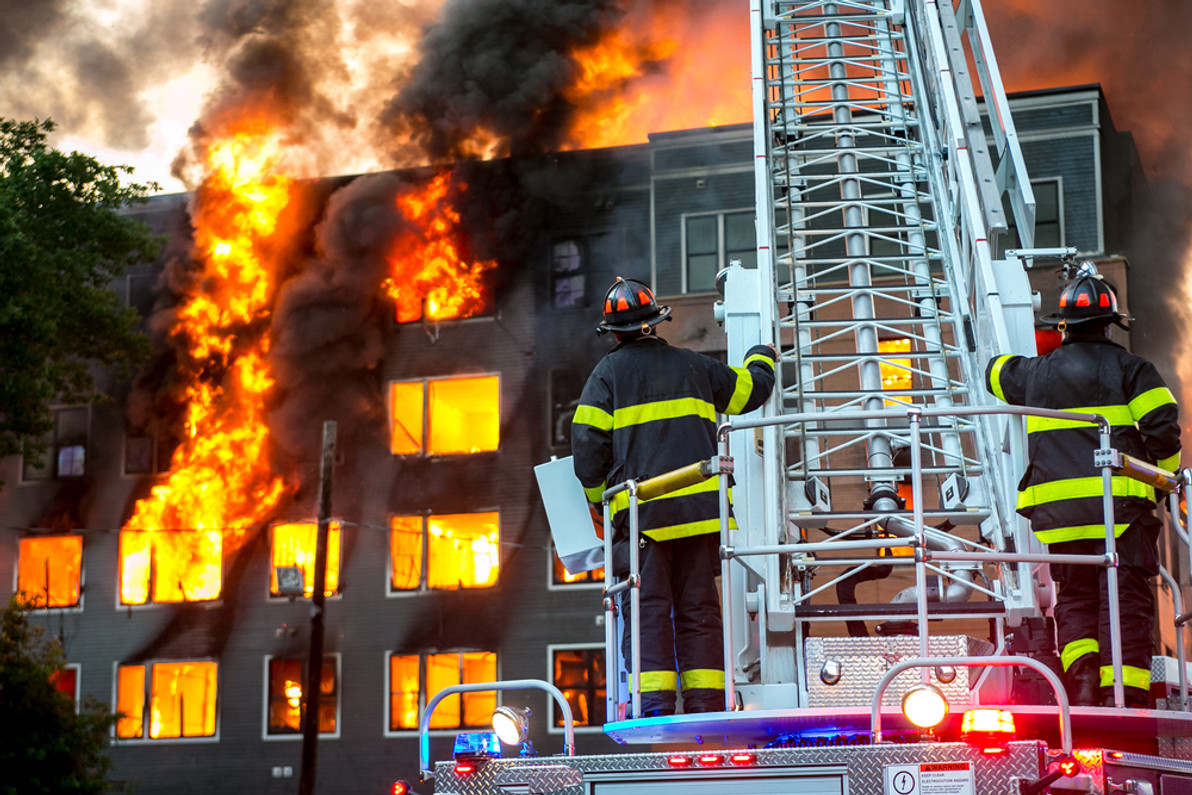How Does a Fire Prevention Plan Benefit Your Workplace?
When you think of a catastrophic fire, you probably imagine it happening either in a house or in a restaurant. The truth is that a structure fire can break out in any type of building, including those used for commercial purposes other than cooking. For instance, your office may have faulty wires that cause an electrical fire.
This is precisely why it’s crucial you learn all you can about a fire prevention plan. A well-structured plan not only protects employees and property but also plays a major role in workplace fire safety, but also reduces the risk of injuries, downtime, and costly damages. At RDR Technologies, we believe proactive prevention is the best form of protection.
Table of Contents
- How Does a Fire Prevention Plan Benefit Your Workplace?
- 5 Requirements of Fire Prevention in the Workplace
- Order Fire Retards For Your Commercial Setting
How Does a Fire Prevention Plan Benefit Your Workplace?
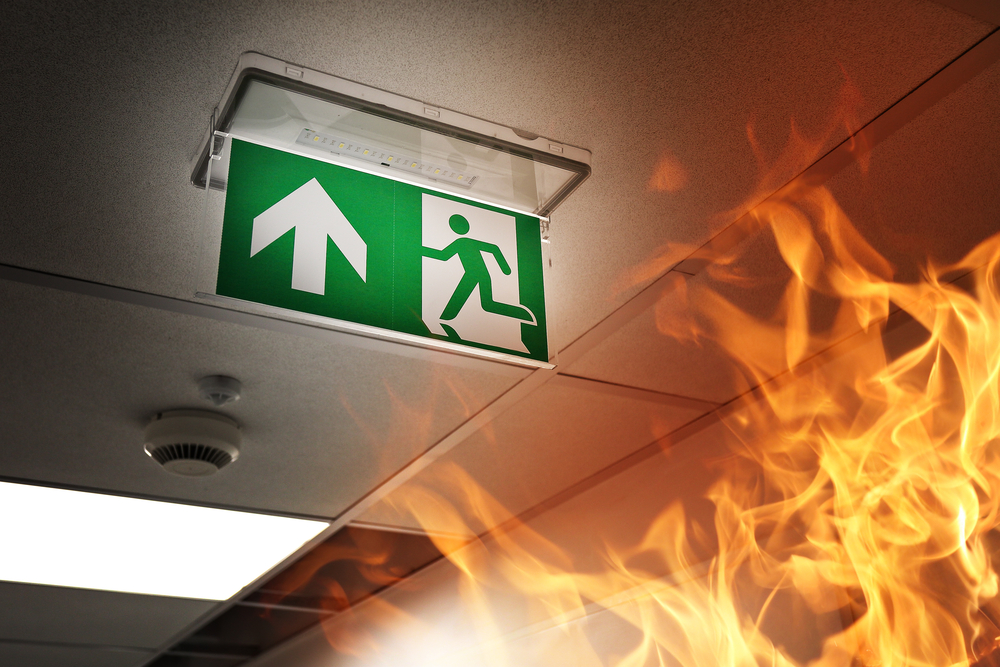
OSHO reminds us that the purpose of the fire prevention plan is to prevent a fire from occurring in a workplace. Fires affect thousands of companies each year. These fires result in injury, lost revenue, and often damage to the building.
Establishing a fire prevention plan helps companies identify risks before they escalate. By outlining hazards, assigning responsibilities, and maintaining proper safety equipment, your business can dramatically improve workplace fire risk reduction. A well-structured plan also ensures your employees know how to respond quickly in an emergency, helping to contain fires before they spread and minimizing potential harm.
Many business owners overlook one major point: a fire prevention plan isn’t optional. If your workplace has more than 10 employees, OSHA requires that it be written, available on-site, and accessible for review by all staff. This not only ensures compliance but also gives your team peace of mind knowing there’s a clear, practiced strategy in place.
5 Requirements of Fire Prevention in the Workplace
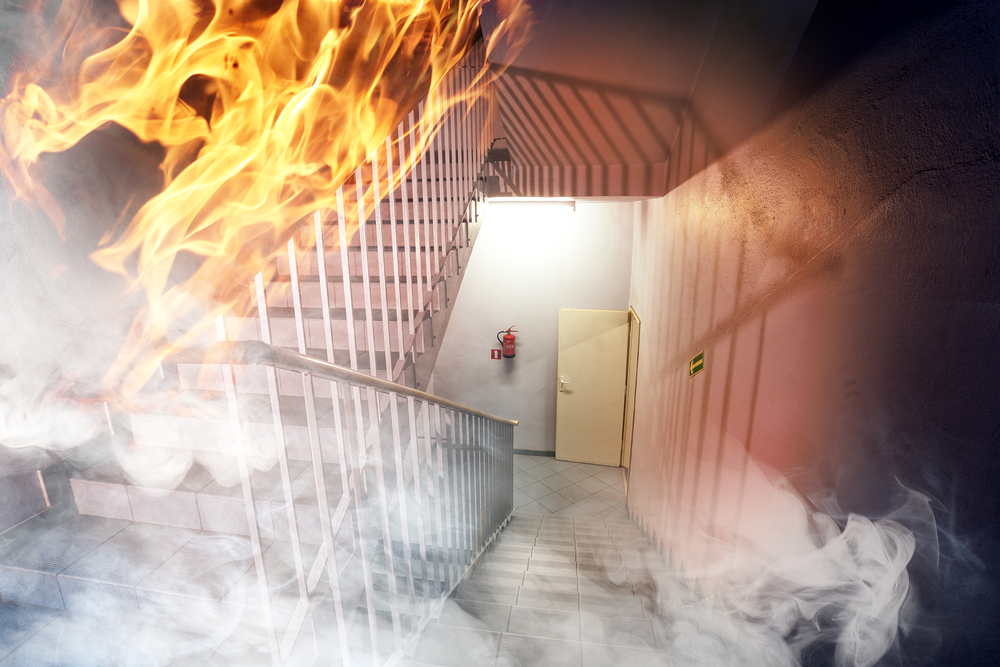
So, we know why the plan is important. What does the plan need to include to stay within government regulations and reduce your risks? The Department of Labor tells us that, at a minimum, your fire prevention plan must include:
- A list of all major fire hazards, proper handling, and storage procedures for hazardous materials. This also includes identifying potential ignition sources, outlining control methods, and specifying the type of fire protection equipment necessary to control each major hazard.
- Procedures to control accumulations of flammable and combustible waste materials. Waste buildup is one of the most common and preventable causes of workplace fires.
- Procedures for regular maintenance of safeguards installed on heat-producing equipment to prevent the accidental ignition of combustible materials. Equipment checks should be documented and performed on a set schedule.
- Identification of personnel responsible for maintenance and safety. It’s important to develop, train, and educate a team of individuals who are willing to enforce fire safety protocols, inspect hazards, and respond in case of an emergency. and prevention methods throughout the building.
- Designation of those responsible for controlling fuel source hazards. This team should also guide employees during an evacuation or emergency event.
A fire prevention plan benefits your company bu ensuring compliance and building a culture of awareness and accountability across your organization.
Does a Fire Prevention Plan Lower Insurance?
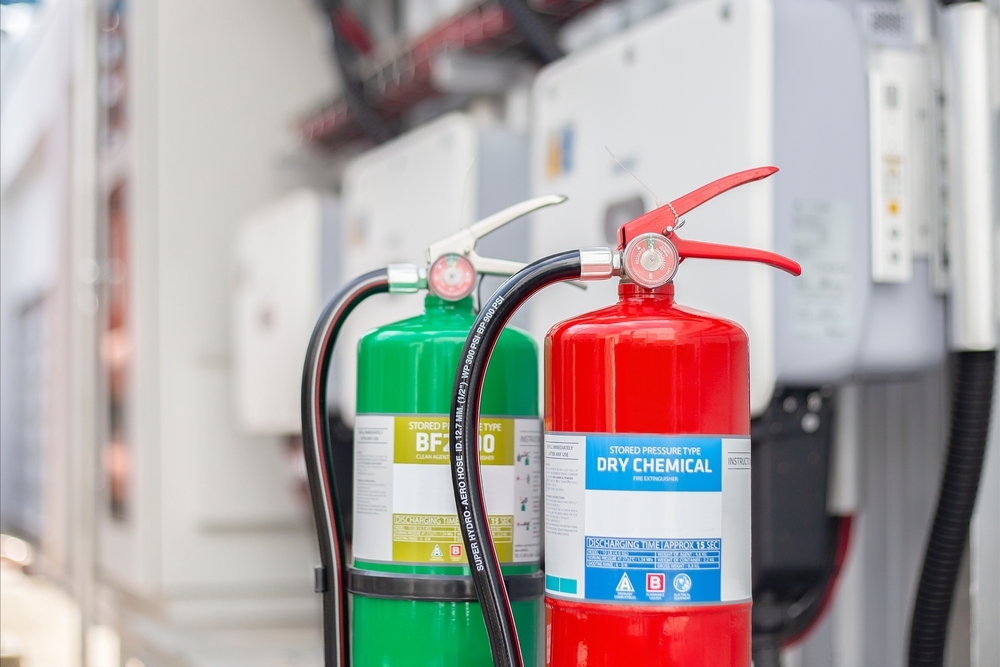
Insurance providers often reward proactive safety efforts with reduced premiums because a well-implemented plan significantly decreases the likelihood of major fire losses.
When your business demonstrates active fire prevention strategies, such as regular inspections, proper hazard labeling, and employee training, insurers recognize the reduced risk profile. Over time, this can lead to financial savings, easier claims processing, and fewer coverage disputes.
It’s a win-win situation, your company protects its people and assets, while also gaining measurable financial advantages for maintaining a safer environment.
Order Fire Retardants For Your Commercial Setting
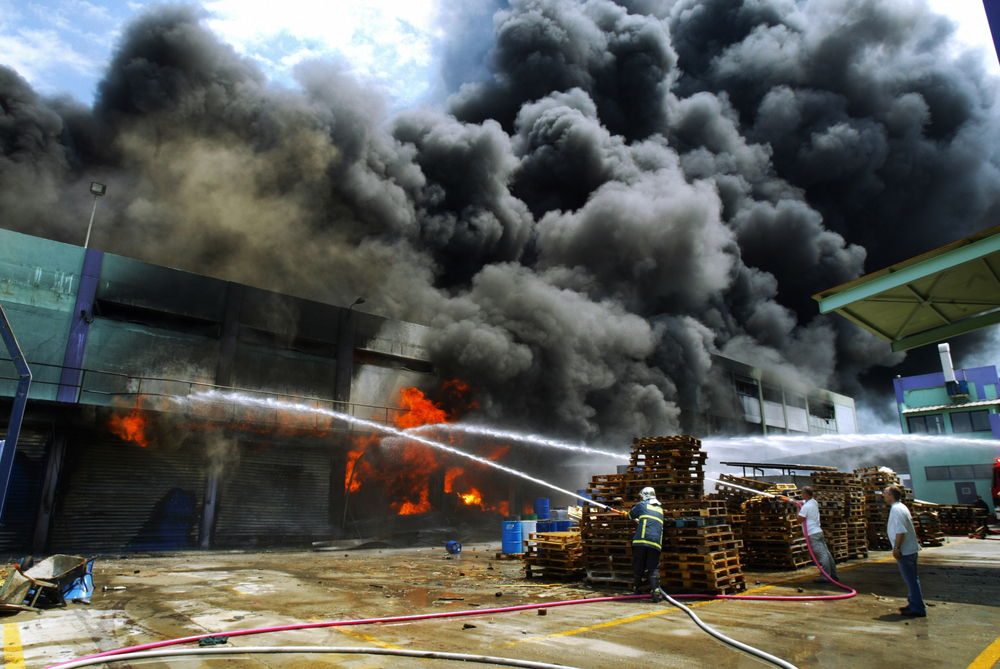
How does a fire prevention plan benefit your workplace? Basically, it’s less likely that damage will occur during an emergency. We offer a range of items available on our website that will help you in your efforts to keep your workplace fire-free. This includes fire extinguishers, fire retardants made especially for wires, paint with fire suppressant additives, and so much more.
RDR Technologies provides a range of fire retardant chemicals and treatments designed for both commercial and industrial settings. Whether you’re protecting construction materials, fabrics, or electrical components, we can help you choose the right products to meet your building’s fire ratings and safety standards.
Our mission is to help businesses strengthen their fire prevention efforts, implementing plans to selecting effective retardant solutions. Contact our team to learn more about how RDR can help safeguard your workplace from fire-related risks.
Recent Posts
-
Halloween Decor Safety: Protecting Costumes, Props & Haunted Houses with Fire Retardants
Halloween is one of the most creative holidays of the year. From glowing jack-o’-lanterns to elabora …Nov 5th 2025 -
Cost-Benefits of Investing in Fire Retardant Coatings
In today’s construction and safety-conscious environment, protecting buildings, assets, and people h …Nov 5th 2025 -
Fire Resistant vs Fire Retardant vs Intumescent: What's The Difference
When it comes to fire safety, the terms fire-resistant, fire-retardant, and intumescent are often us …Nov 5th 2025

